Upper Extremity Prosthetics
Shoulder Disarticulation
Shoulder Disarticulation / Forequarter Amputation is the removal of the entire arm including the shoulder blade and collar bone. A high level of function can be difficult to restore. Many patients learn how to accomplish activities of daily living using the intact limb and for their amputated side and prefer a passive/cosmetic prosthesis to give their body symmetry and improve balance.
The main advantage of most cosmetic restoration prostheses is their cosmetic appearance. With advances in materials and design, some passive hands are virtually lifelike. However, most of these cosmetic prostheses are usually less functional and more expensive than active terminal devices.
Elbows - Myoelectric Prosthesis
A myoelectric prosthesis uses muscle contraction as a signal to activate and control the prosthesis. Batteries and motors are used to operate these prostheses. There are two different types of control systems available in these prostheses: myoelectric and switch control. A myoelectrically-controlled prosthesis uses signals from the muscle to activate the prosthesis, as it detects electrical activity from limb muscles, with surface electrodes.
Switch-controlled prostheses use small switches, rather than muscle signals, to operate the prosthesis. These switches are typically enclosed inside the socket or incorporated into the suspension harness of the prosthesis. A switch can be activated by the movement of the remnant digit or bony prominence against the switch, or by pulling on a suspension harness.
Many myoelectric control systems allow the use of proportional control so the speed or activation varies with the intensity of the muscle contraction. Myoelectric prostheses include:
The Ottobock DynamicArm Elbow is a myoelectric prosthesis. It incorporates a powerful electric motor to help both flex and extend the elbow – while holding up to 11 lbs. In addition to hand and rotation of the wrist joint, elbow joint flexion can also be controlled by muscle signals. The prosthesis is particularly inconspicuous, thanks to operating noise optimized by sound engineering as well as the slightly dampened – and completely silent – free swing phase. These special technology features are integrated in an elbow joint-forearm system with a natural, anatomic design. The shape and basic color blend in with the overall image of the human body.
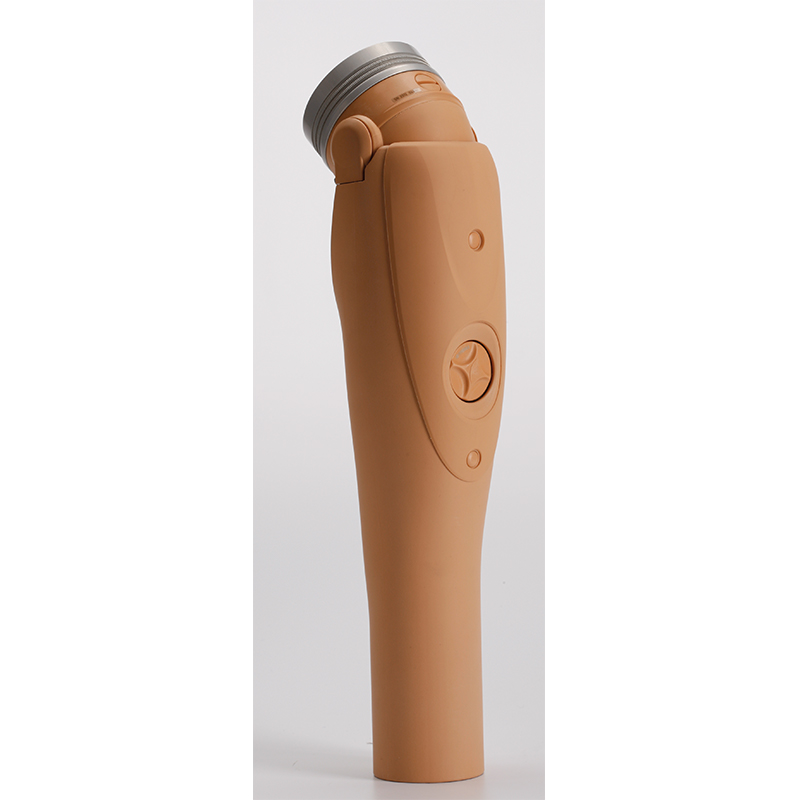
Body Powered Prostheses
Conventional or body-powered arm prosthesis is so-described because it is operated with body power alone and is not externally powered. Conventional or body-powered prostheses are the most durable prostheses, and they are also moderate in cost and weight. However, a body-powered prosthesis is less cosmetically pleasing than myoelectrical-controlled type and requires more gross limb movement.
Transradial (below-elbow or BE) prosthesis includes a split hook, friction wrist, double-walled plastic-laminate socket, flexible elbow hinge, single-control-cable system, triceps cuff, and a harness.
Transhumeral (above-elbow or AE) prosthesis includes an internal-locking elbow with a turntable for missing elbow, uses a dual-control-cable system, and does not require a triceps cuff.
Hand and Wrist Prostheses
The bebionic3 hand from Ottobock features individual motors in each finger, which allows the user to move the hand and grip in a natural coordinated way. Powerful microprocessors continuously monitor the position of each finger for precise, reliable control over hand movements. The hand has 14 selectable grip patterns, proportional speed control, and auto grip sensor. A wireless programmer and bebalance custom software allow the hand’s performance and control options to be fully customized.
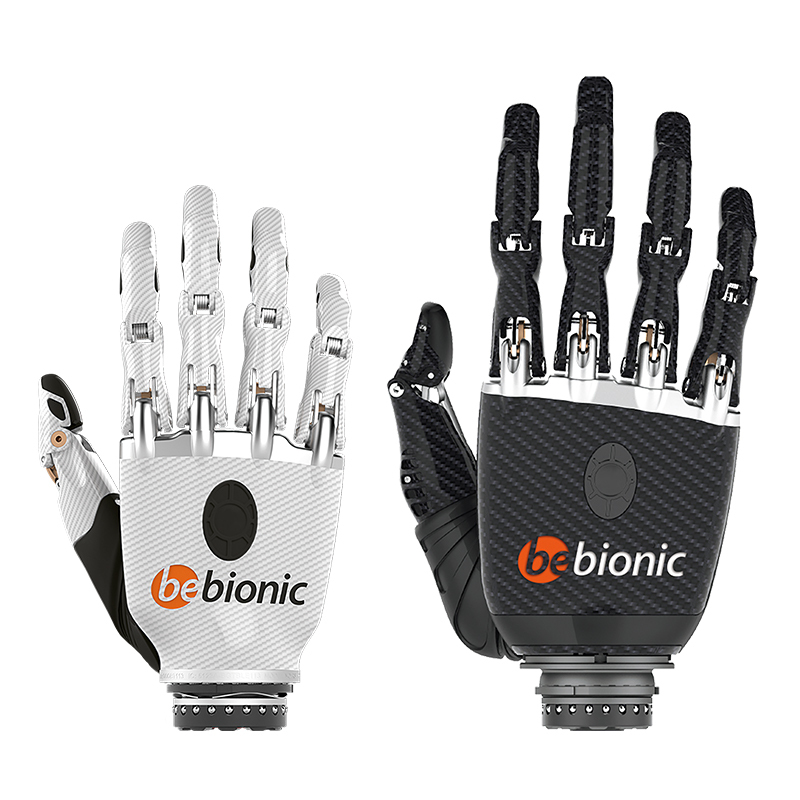
Ottobock’s Michelangelo Hand has seven functional options, including a moveable thumb, allowing the user to pick up objects sideways, grip flat items from the side, carry cylindrical objects with a large diameter, and hold small objects securely using the thumb, middle finger, and index finger to form a three-point support. A neutral mode allows for resting the hand in a natural position.
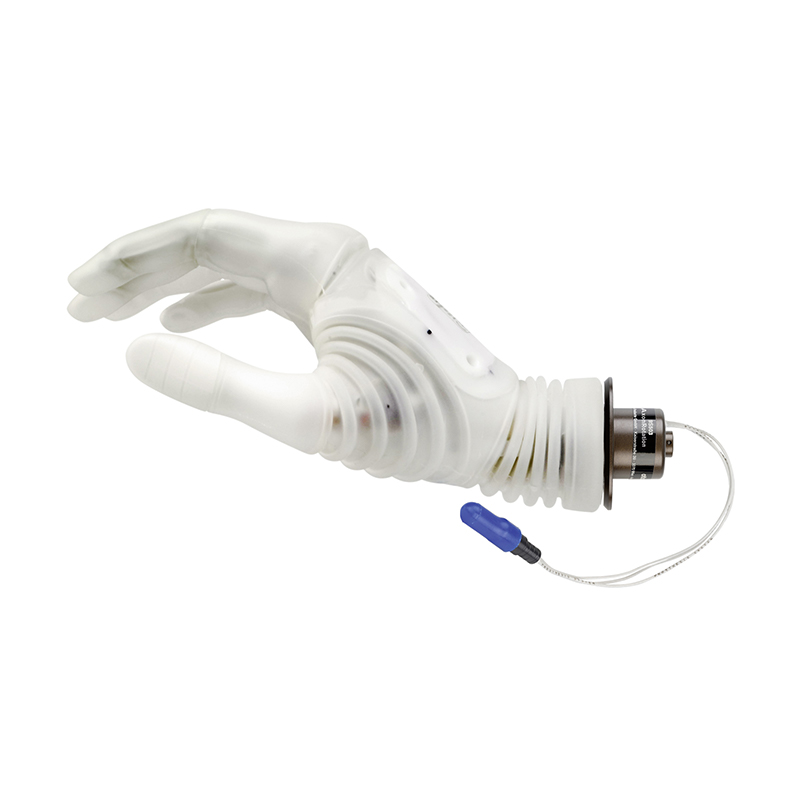
The i-limb quantum from Össur can change grips with a simple gesture. Gesture control enables an automated grip to be accessed by moving the i-limb quantum in one of four directions. The quantum act as fully functioning hands. They respond to commands faster, are lightweight, and their anatomical styling in three sizes fits female amputees. Finger flexibility and grip options allow for typing, picking up small objects, holding delicate items, and much more.
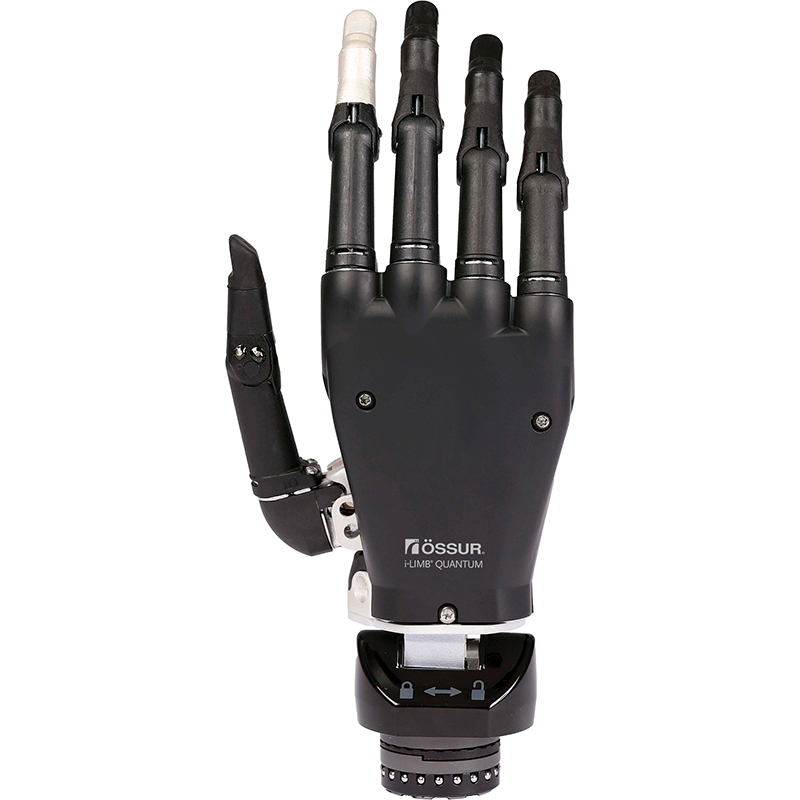
Partial Fingers/Partial Hand
With redesigned componentry and digits, the Össur i-digits quantum prosthesis for partial hand amputees is smarter, faster, stronger, and smaller than its predecessors. Wearers can quickly utilize the many grips available through the activation of gesture control. Gesture control allows the user to quickly access many grips in performing everyday tasks. The new design is not only slimmer but also lighter allowing users to easily wear their prosthesis all day.
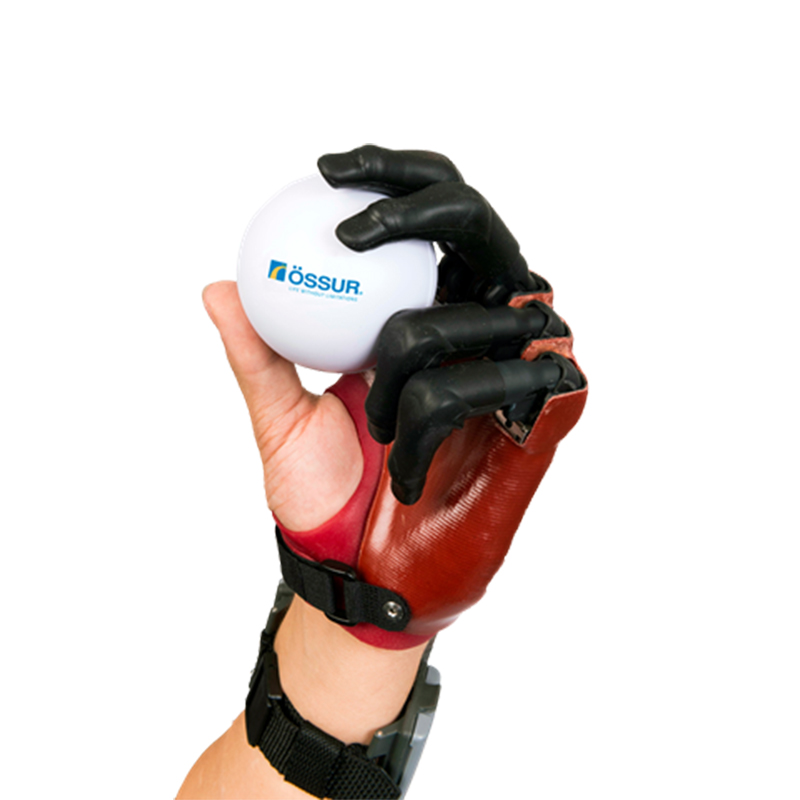
Naked Prosthetics designs and fabricates durable, custom prosthetic devices specifically for finger loss. Models include the PIP Driver, MCP Driver and Thumb Driver.
The PIPDriver is designed for individuals who have an amputation through the middle or distal phalanx. As an articulating, body-driven prosthesis, the PIPDriver restores length, provides dexterity, replaces a missing DIP joint, and protects sensitive residua.

The MCPDriver is designed for individuals with amputations through the proximal phalanx. The MCPDriver restores the middle and distal phalanges. These body-driven, articulating devices allow patients to regain fine dexterity and natural grip patterns. The MCPDriver excels at restoring pinch, key, cylindrical, and power grasps, as well as grip stability.
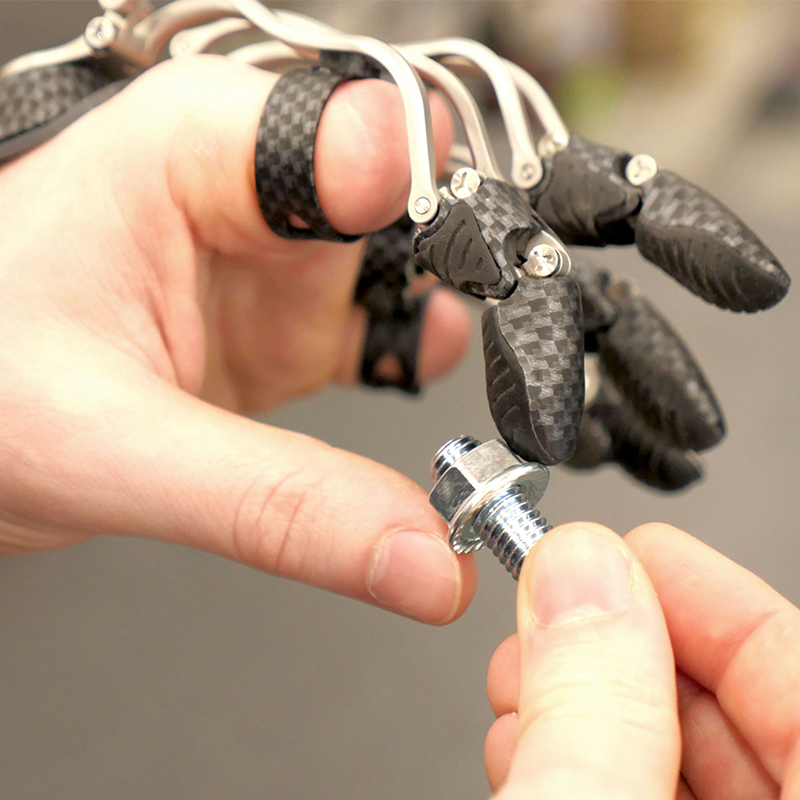
The ThumbDriver restores the ability of the hand to make a multitude of opposition grasps by providing IP joint flexion and tracking of the complex multi-axial motion of the thumb. Abduction/adduction washers allow the prosthetist to adjust the mechanical finger. The freedom of motion in this component helps the patient gain optimal grip pattern. The silicone tip resembles the natural fingertip and provides added grip.
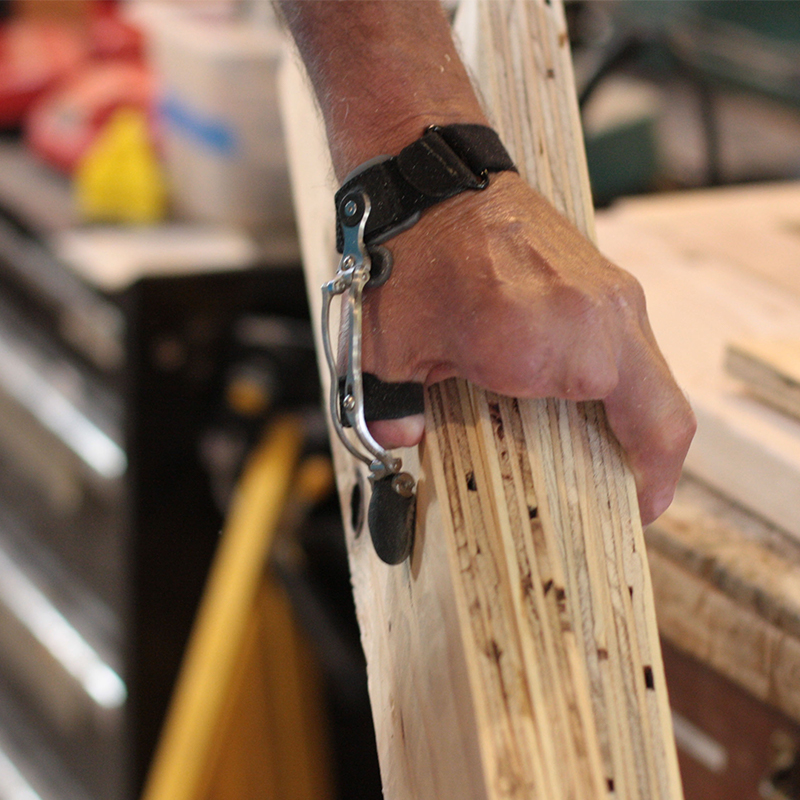
Silicone restoration is a cosmetic option to make partial fingers and hands look whole again. Silicone restorations can range from fingertips to restorations that extend to wrist joint. The customized restoration matches skin color, shape, and can include freckles and hair. Women can also use nail polish if desired.
